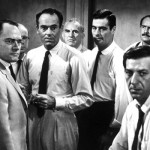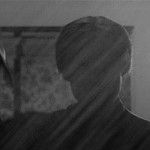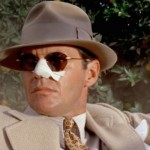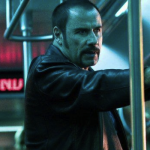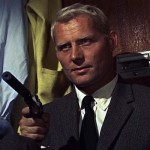The Taking of Pelham One Two Three (1974) Review
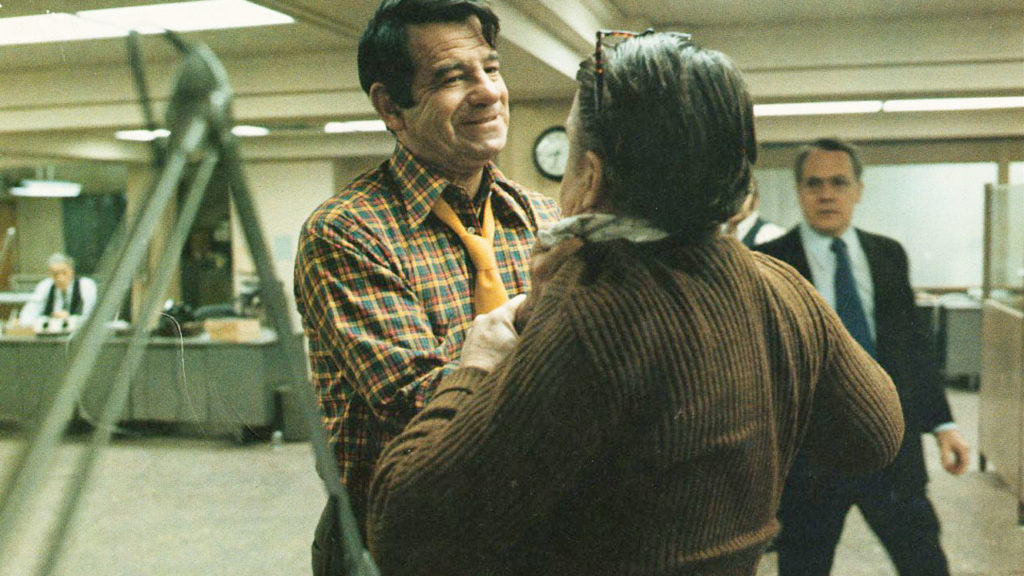
RATING: 



(3.5 STARS)
There’s something about a film knowing exactly what it is and, just as importantly, exactly what it isn’t. The Taking of Pelham One Two Three is a grimy 70s thriller – nothing more, nothing less. But because it doesn’t try to do too much, it can focus on trying to be the best grimy 70s thriller, and it comes quite close.
Martin Landau stars as Zachary Garber, a police lieutenant for the New York City Transit Authority. His day seems normal enough until a train – the Pelham One Two Three, named for the station where it started its journey and its time of departure – appears to be stopped in its tracks. Attempts at communication by Garber and his colleagues go unanswered, so an inspector heads down the tunnel for answers. That’s when the train’s four highjackers – known as Blue (Robert Shaw), Green (Martin Balsam), Grey (Hector Elizondo), and Brown (Earl Hindman) – reach out. They tell Garber than the inspector has been shot and they’ll shoot one of their 18 hostage passengers every minute their demanded $1 million ransom is delayed. The clock reads 2 p.m., and the money is due at 3.
From the jump, the film dives right into a sea of stereotypes and pretty explicit racism and sexism, but unlike Man on Fire, which seems rather exploitative, The Taking of Pelham One Two Three is appropriately judgmental of its characters, at least for the most part. Garber is hardly the worst among the film’s non-criminals, but we meet him as he’s derogatorily guiding some Japanese transit board representatives around his New York headquarters. Everyone in the film, good and bad, seems to believe women can’t do real policework. And there’s some real ugliness when it comes to Grey – the real heavy among the baddies – and an African-American hostage. But all of this feels part and parcel with New York and America in this era. It’s hard to talk about the film without acknowledging all this, but I think it handles it well enough, and the clunkiest material, thankfully, gets chucked for Tony Scott’s reboot (though that film has its own problems).
All that aside, there’s real intrigue in how the villains are going to execute their scheme because on the surface, it doesn’t make any sense. How do you escape the subway tunnels with the money? Everyone from the transit officials to the mayor (Lee Wallace) is flummoxed by this seemingly dead-end hijacking, but the obvious confidence of Blue, the criminals’ unscrupulous leader, makes them a little nervous. What does he know about this train that they don’t? That’s the driving force of the film, and it’s very interesting to watch them try to work it out and simultaneously watch Blue stay one step ahead of them as if he worked out every move.
The film also works because its performers are top-notch. And it’s not just Landau as an almost shockingly spot-on everyman or Shaw as the charismatic-as-hell head villain in charge. Martin Balsam as Green is the perfect reluctant criminal, and Hector Elizondo oozes menace as Grey. Jerry Stiller is a pretty delightful presence as Garber’s apparent number two. Dick O’Neill pops as Frank Correll, who’s particularly obstinate because he really just wants to get the trains running again. And for as difficult as Frank is, he’s got nothing on Tom Pedi’s Caz Dolowicz, the angriest man in the city (who only gets one scene as a result). The only weak link is probably Wallace as the mayor, but my objections really are more with the screenplay and the way that subplot disappears midway through the film. That said, it was nice to see Doris Roberts drop in as his wife.
The film doesn’t have any standout action sequences, but everything is era-appropriate in a way that satisfied me more than something outrageously complex would have. It’s a film that’s determined to be better than competent at everything it does, and it succeeds wildly. That’s not something I normally would go for so strongly – achieved sub-excellence – but it just slaps. The film’s final act is a delight. It’s a very, very good film and one that no one ever needed to touch. (Sorry, Tony.)

